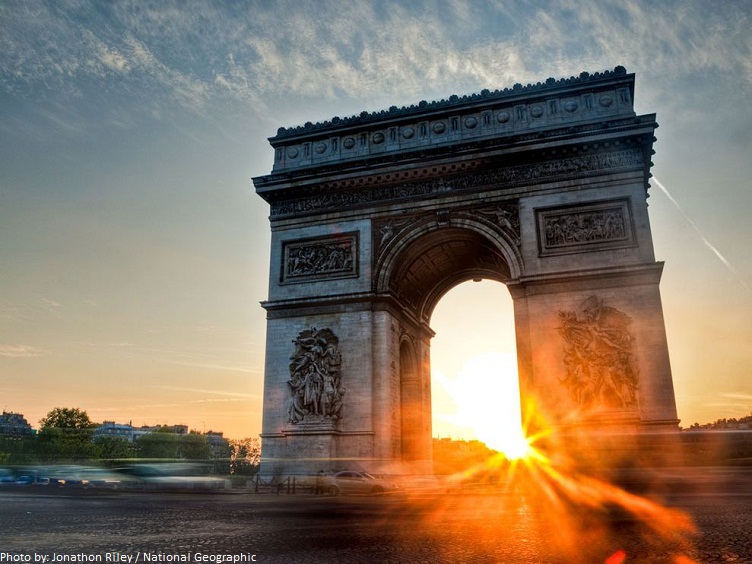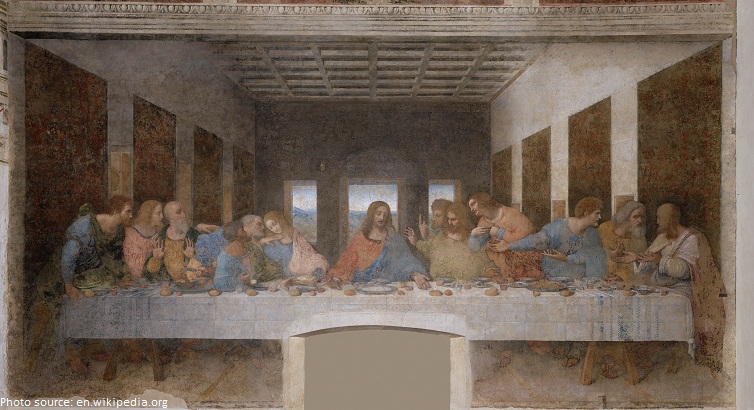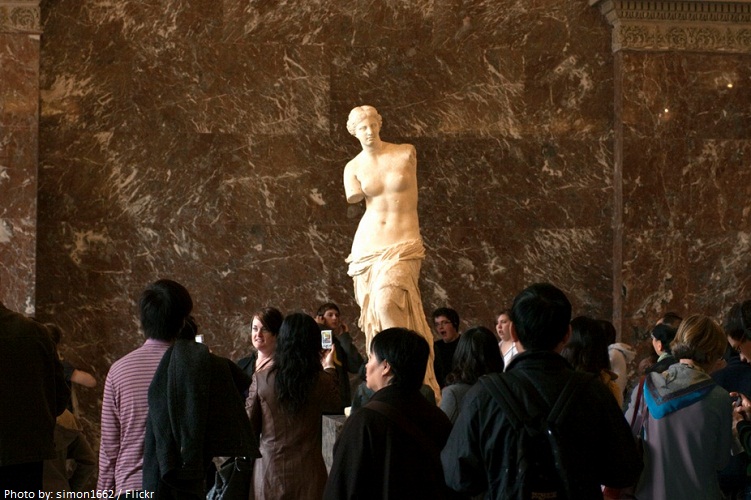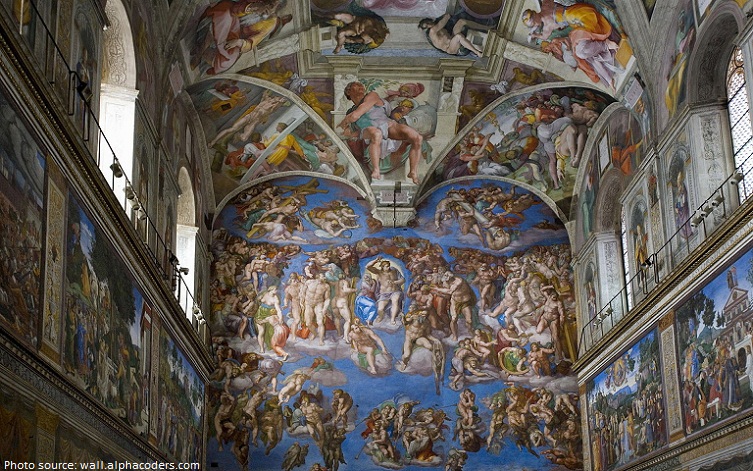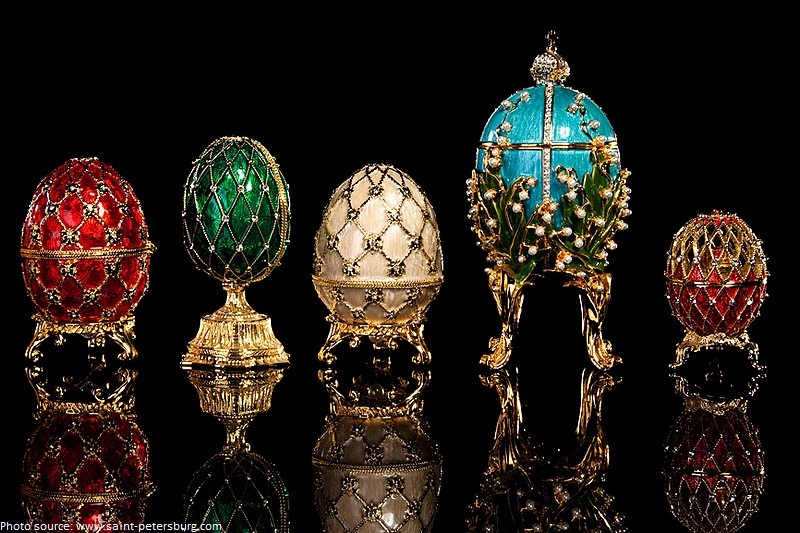Interesting facts about the Arc de Triomphe
The Arc de Triomphe is one of the most famous monuments in Paris. The Arc de Triomphe stands at the centre of the Place Charles de Gaulle, also known as the “Place de l’Étoile“. The construction of the Arc de Triomphe in Paris was ordered in 1806 by Napoleon, the French Emperor. The Roman Arch … Read more
